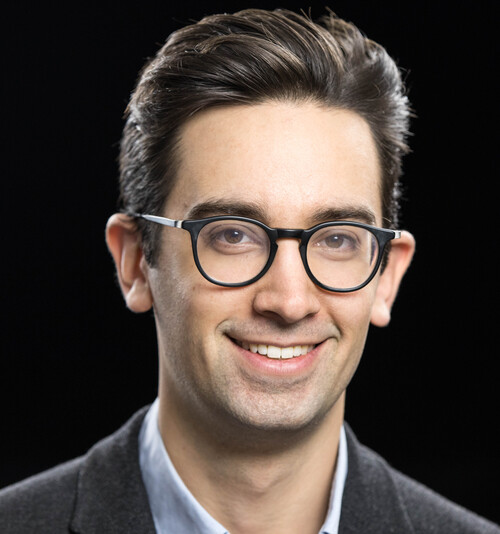Adam Tanaka

In the early years of his PhD in architecture, landscape architecture, and urban planning, Adam Tanaka spent his summers conducting research for the New York City Department of City Planning. While working at the agency, one thing rapidly became clear. “I soon realized that, moving forward, affordable housing was the most critical issue—politically, ethically, and socially—for the city,” Tanaka says. “And I wanted to devote my doctoral research to figuring out how to make the city more inclusive.”
On his frequent bus journeys from Boston to New York, Tanaka would pass Co-op City, a 15,000-unit housing project on the edge of the Bronx that, begun in 1965 and completed in 1972, remains the country’s largest subsidized housing complex. “From the road it looks bleak, even forbidding,” says Tanaka. “Like many other people who drive by Co-op City, I just assumed it was ‘the projects.’ ” Like Tanaka, many urban planners since the 1970s have dismissed large-scale affordable housing as a failure.
After learning that the mother of one of his closest friends had grown up in the development, Tanaka visited Co-op City for the first time, his friend in tow. “It completely upended every single notion I had about housing projects,” he confesses. Despite its ominous appearance from the interstate, Co-op City is a safe, well-maintained, and highly affordable community of middle-income homeowners. “The waiting list to move in is huge,” Tanaka says. “It made me realize that there’s a model here that we may have thrown away prematurely.”
Tanaka’s dissertation focuses on the postwar decades, when New York City subsidized the construction of hundreds of projects like Co-op City with the goal of providing modern, affordable housing for middle-income families. But the approach didn’t last. By the 1970s, with New York suffering from depopulation and economic decline, many middle-income projects were in disarray. But today, as the city becomes ever more expensive, these developments play a key role in shoring up the city’s social diversity.
Tanaka is quick to point out that his dissertation is not prescriptive. Instead, he describes his work as historical research pitched at policymakers. “I’m tracing the rise and fall of this approach and reframing how we might think about large-scale affordable housing projects and their benefits,” says Tanaka. In an increasingly urban world, the need for safe, affordable housing has never been greater. He believes there’s much to learn that will help inform efforts to expand affordable housing in the future by studying this era of large-scale public intervention.

